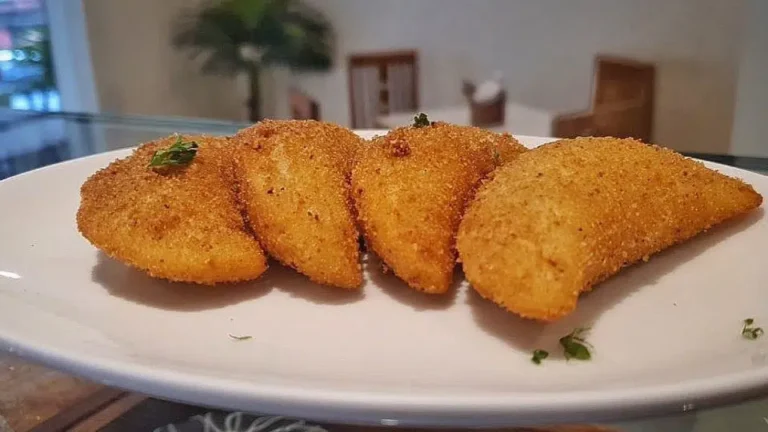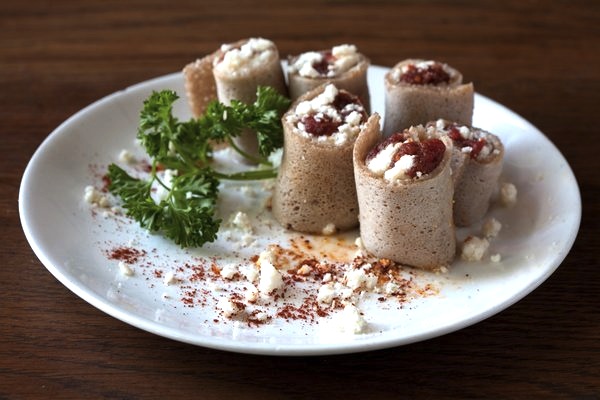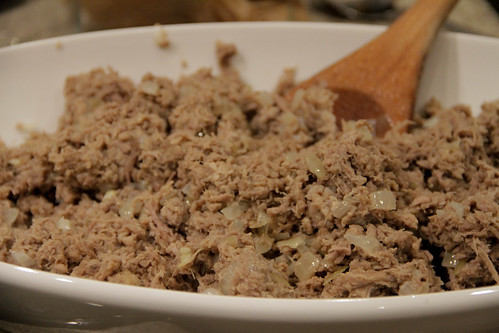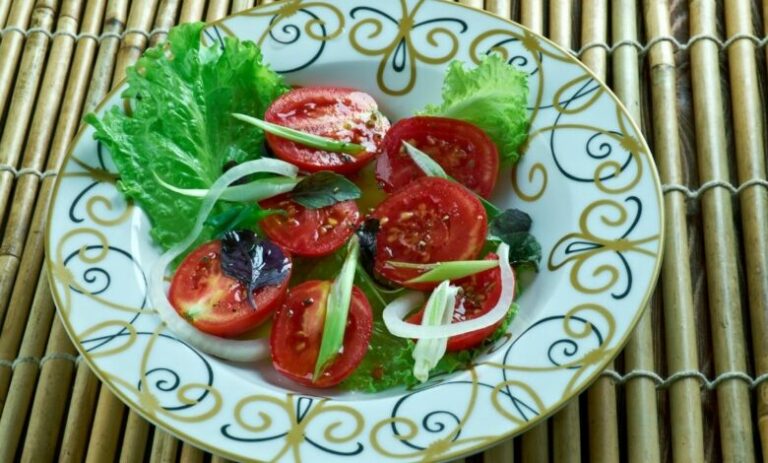Introduction: Cabo Verdean cuisine
Cabo Verdean cuisine is a fusion of African, Portuguese, and Brazilian influences. It is known for its flavorful and hearty dishes that reflect the country’s history and culture. Many of these dishes are based on staple grains that are grown and consumed locally. These grains are a key component of Cabo Verdean cuisine, providing nourishment and sustenance to the people of the archipelago.
Importance of grains in Cabo Verdean cuisine
Cabo Verde is a small island nation that faces frequent droughts and food shortages. As such, grains have always played a crucial role in the local diet. They are cheap, easy to grow, and can be stored for long periods of time. In addition, grains are a good source of carbohydrates, protein, and other essential nutrients. Cabo Verdean cuisine features a variety of grains, including maize, rice, beans, and tuber vegetables, which are used in a range of sweet and savory dishes.
Cachupa: the national dish of Cabo Verde
Cachupa is the national dish of Cabo Verde and is made from a mixture of maize, beans, and vegetables. There are two types of cachupa: cachupa rica, which is made with meat or fish, and cachupa pobre, which is made with beans and vegetables. Cachupa is traditionally eaten as a main meal, often accompanied by bread or fried plantains. It is a hearty and filling dish that reflects the country’s history of poverty and resilience.
Maize in Cabo Verdean cuisine
Maize is one of the most important staple grains in Cabo Verdean cuisine. It is used to make a variety of dishes, including cachupa, corn cake, and cornmeal porridge. Maize is also used to make a popular snack called pastel, which is a deep-fried pastry filled with cornmeal, cheese, and meat. Maize is grown in the arid regions of Cabo Verde, where it is resistant to drought and can be harvested year-round.
Rice in Cabo Verdean cuisine
Rice is another staple grain in Cabo Verdean cuisine. It is often served with fish or meat dishes, such as arroz de peixe (fish rice) or arroz de carne (meat rice). Rice is also used to make sweet dishes like rice pudding, which is flavored with coconut or cinnamon. Rice is imported into Cabo Verde, but it is still a popular and widely consumed grain.
Beans and legumes in Cabo Verdean cuisine
Beans and legumes are a rich source of protein and are used extensively in Cabo Verdean cuisine. Red beans, black beans, and chickpeas are commonly used in dishes like feijoada (bean stew) and cachupa. They are also used to make a side dish called arroz de feijão (bean rice), which is made by cooking rice with beans and herbs.
Tuber and root vegetables in Cabo Verdean cuisine
Tuber and root vegetables are an important part of Cabo Verdean cuisine. Sweet potatoes, cassava, and yams are commonly used in dishes like cozido (a stew made with meat and vegetables) and xerém (a type of cornmeal porridge made with sweet potatoes). These vegetables are grown locally and are a good source of carbohydrates and other nutrients.
Conclusion: the versatility of Cabo Verdean staple grains
Staple grains are an essential part of Cabo Verdean cuisine, providing nourishment and flavor to the local diet. The variety of grains used in Cabo Verdean cuisine reflects the country’s diverse cultural influences and its history of resilience in the face of hardship. From maize to beans to tuber vegetables, Cabo Verdean staple grains are versatile and can be used in a range of sweet and savory dishes. They are a testament to the ingenuity and resourcefulness of the Cabo Verdean people.







